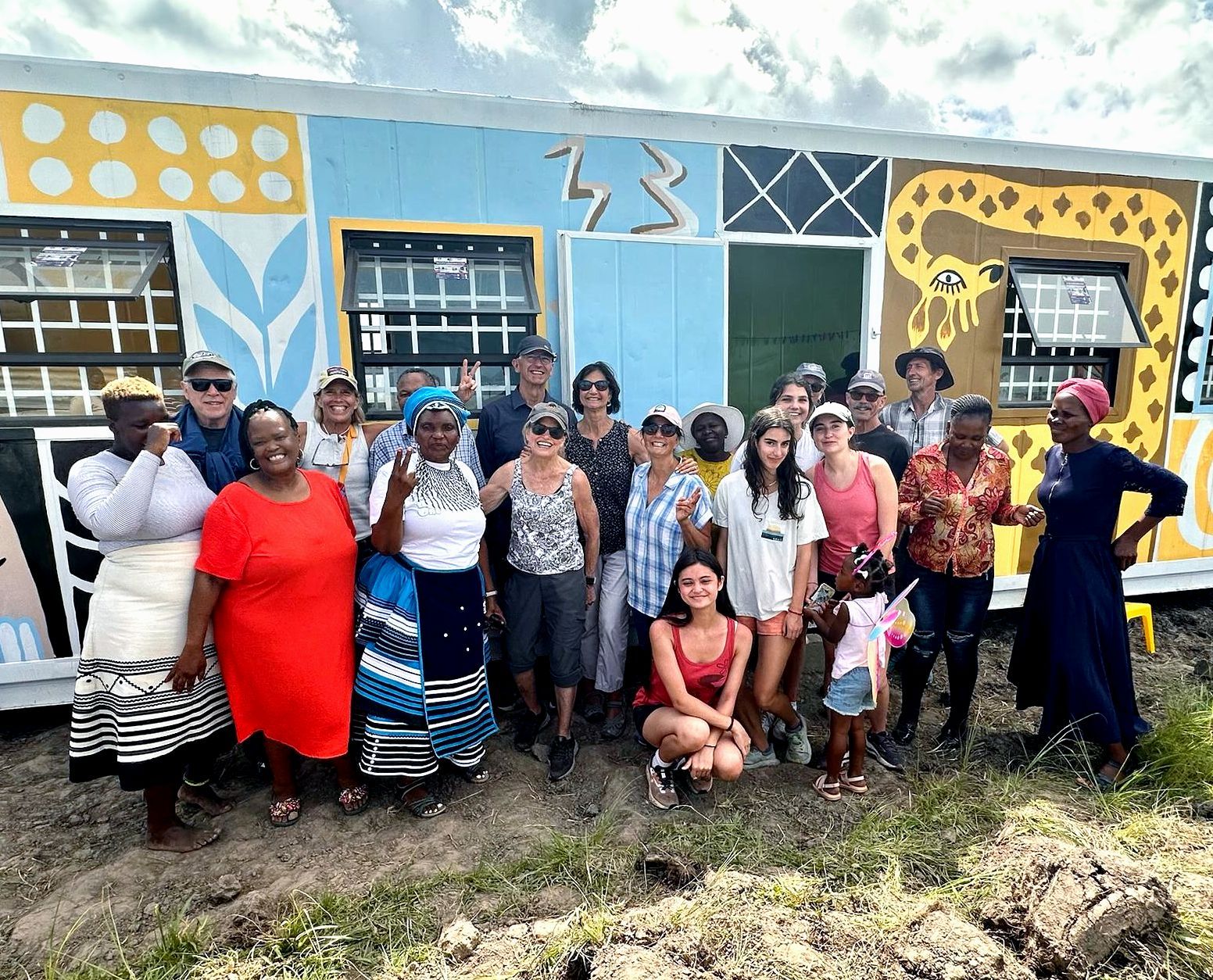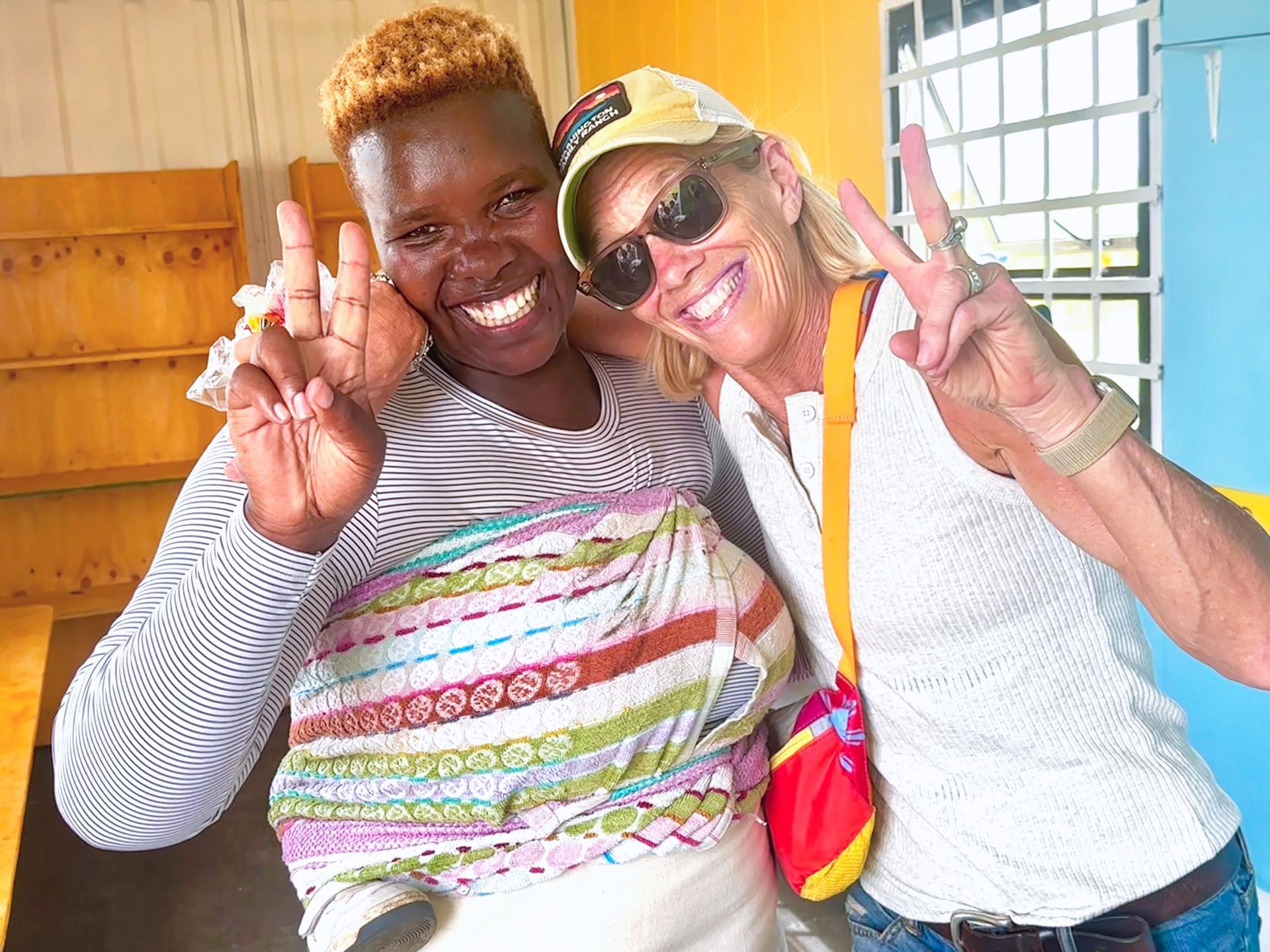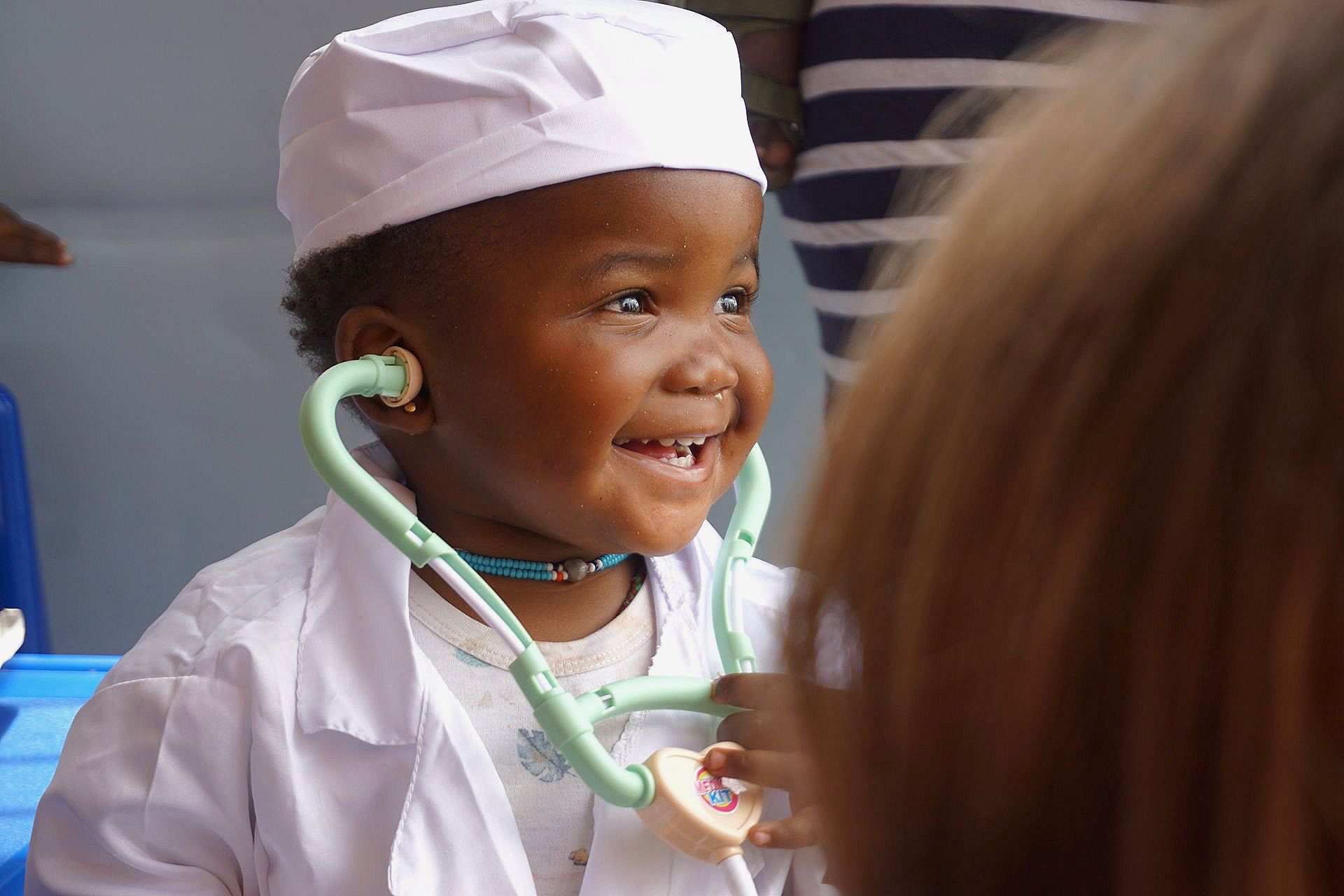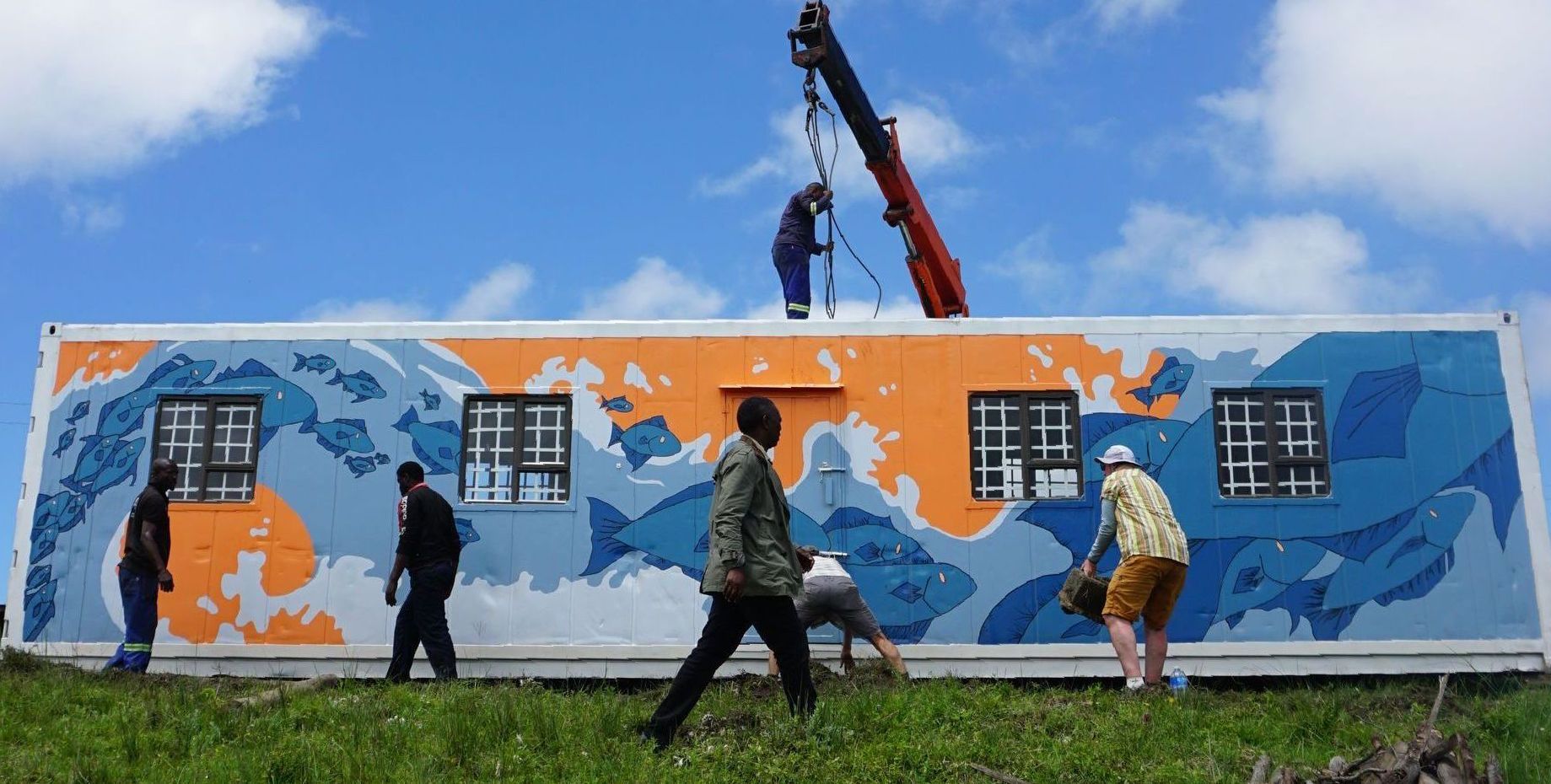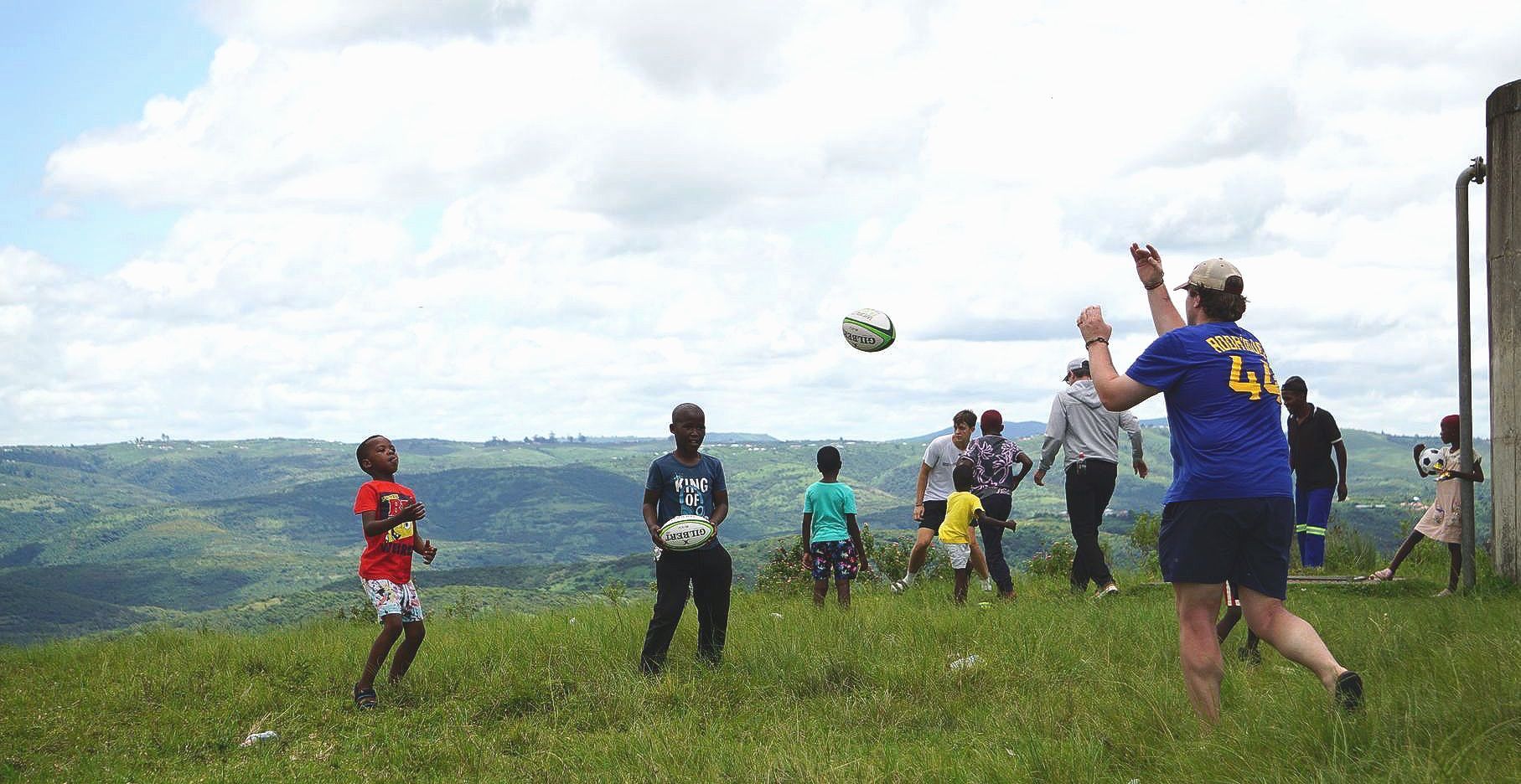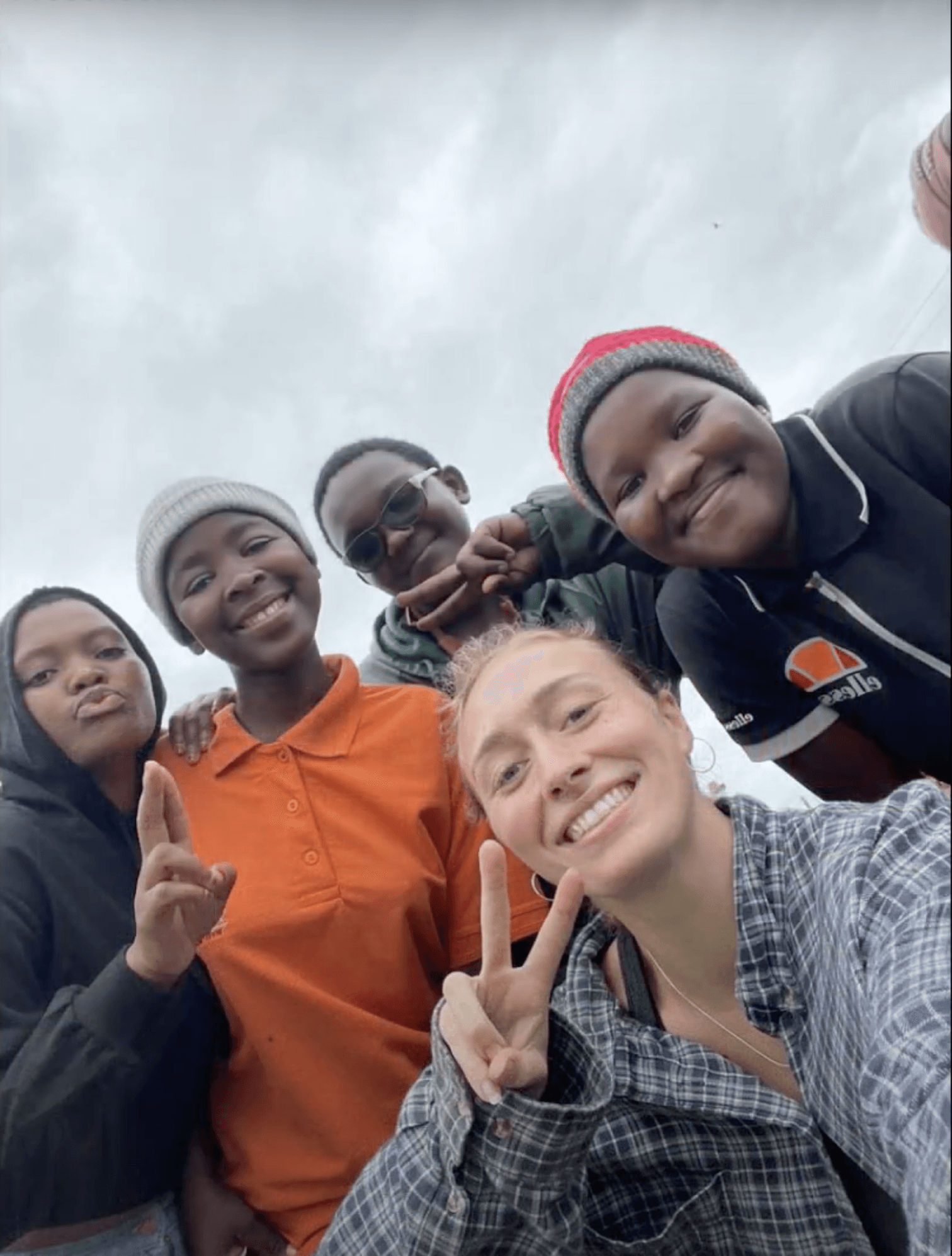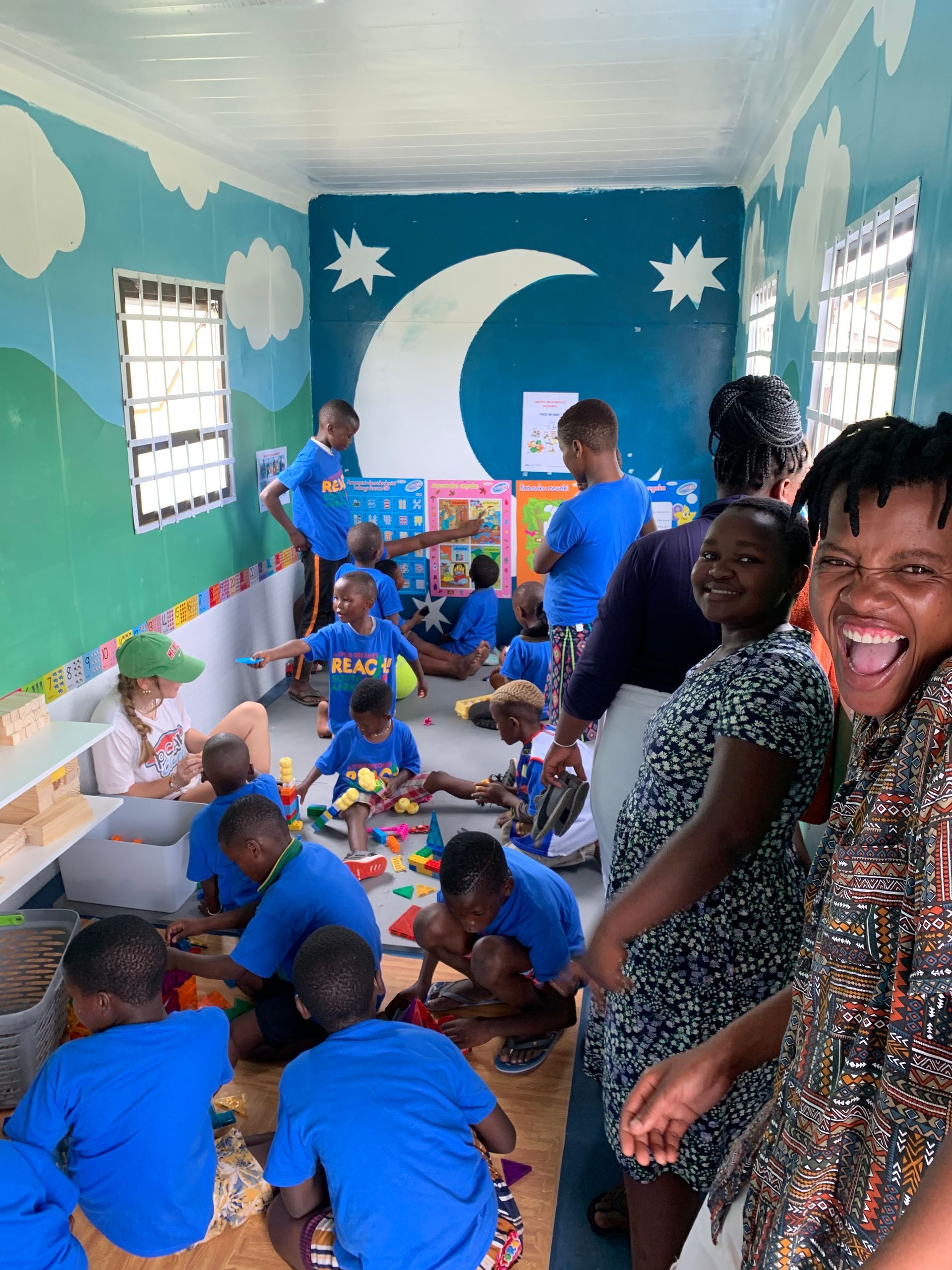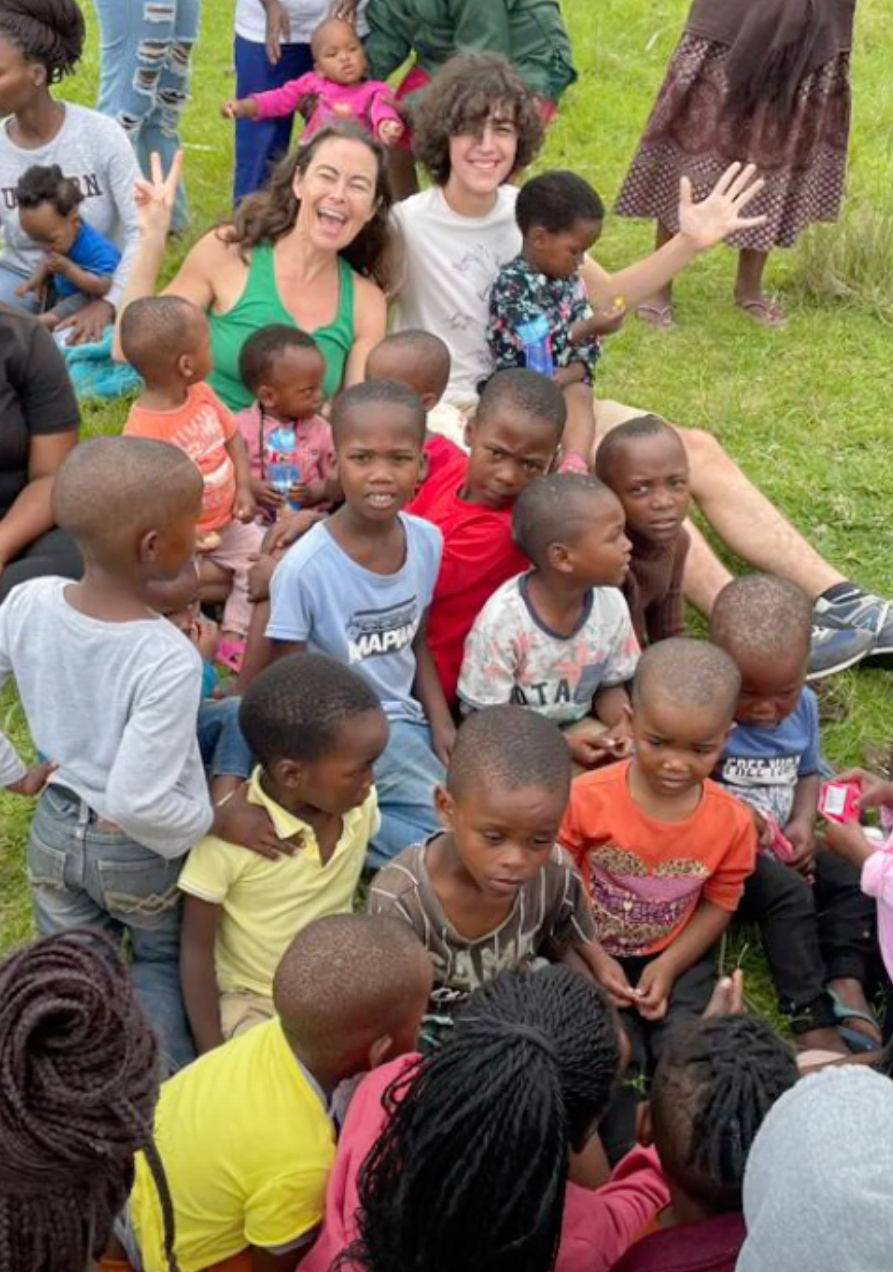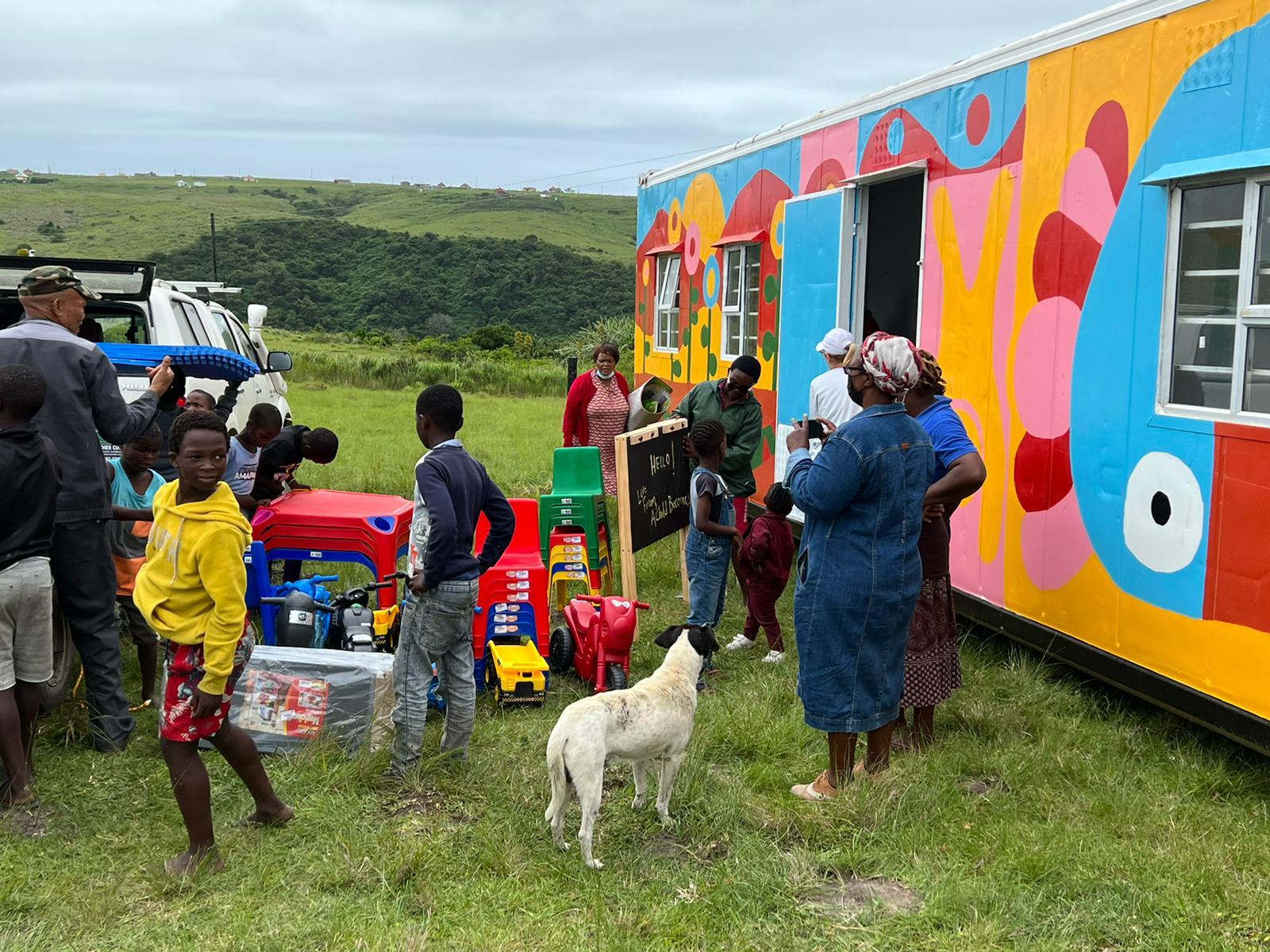REACH!/A Child Becomes… Our South Africa Project
Dear Parents,
Compassion has always been at the heart of everything we teach here at A Child Becomes… Preschool. We nurture it, we practice it, we try to lead by example whenever the opportunity presents itself. It is widely agreed that compassion is a three-part concept: Noticing another’s suffering, empathically feeling that person’s pain, and acting in a manner intended to ease their suffering. St. Thomas Acquinas believed that compassion and suffering were interconnected; there couldn’t be compassion without suffering. Naturally, we’re not going to intentionally inflict suffering on our children in order to teach them compassion, but daily life does offer many opportunities in small and subtle ways; a scraped knee, a cancelled play-date, being kind to a new waiter in a restaurant. And we’ve found other ways of exposing our children to the struggles of others; we donate books to poor schools in Africa, we donate to the West Seattle Food Bank every year. Certainly yes, compassion starts at home, and in our school, but we, in our community, live largely isolated from children far worse off than our own. Children are quick to identify suffering in others, its built into our DNA, but their skills for alleviating it are limited to kind words and hugs, which in their world are often enough. But how do we teach them the skills to allevite suffering that requires more than kind words and hugs, children who are cold and hungry and can’t afford to go to school? To teach them, to demonstrate to them how its possible as a community, as village, is why I, along with my husband, have decided to introduce a new dimension to our curriculum, specifically aimed at teaching this.
For the past eighteen years Ralph and I have been fortunate enough to go back and visit his family in South Africa. It is a country of vivid contrasts, in natural beauty and cultural diversity. With fourteen official languages, it is appropriately referred to as the Rainbow Nation. Sadly though, the effects of history are still starkly obvious. Most rural children, if they have access to preschool at all, must walk several miles, often barefoot and hungry. When parents are forced into the cities to find work, they leave their youngest to be raised by siblings, sometimes as young as ten years old. Though the government has made grade school available to almost every child, the lack of preschools has resulted in a current national grade-school drop-out rate of a staggering 40%. It is beyond question that children who attend some kind of early childhood program are more likely to succeed in grade school and beyond. With millions of South African children between the ages of 2 and 6 without that option, their future looks bleak. Every year we return vowing to do something about it. This year we decided to act.
Our project involves opening a preschool in South Africa! Our goal is two-fold:
1. To offer an effective early childhood education to rural South Africans, uplift their communities, and give them a better chance to succeed in the future.
2. To offer your children the early opportunity to engage face-to-face, in a project of compassion, a community-to-community endeavor in which they are exposed to disadvantaged children on the other side of the world, communicate via regular video recordings, live face-time feeds, one-on-one interaction, and witness first hand, through their engagement and generosity, the difference caring and sharing can make half a world away.
We have made contact with, and received the support of, a program in the Amajingqi region of the Eastern Cape, where there are 8 grade schools, none of which are fed by an early childhood program. Attendance is falling, and the national drop-out rate is barely above the national average largely because children are entering grade school socially and emotionally unprepared.
The program, called the PSP, or Public Schools Partnership was initiated by the local Xhosa chief who rallied the support of his community, and who engaged a group of experts to research, and make recommendations to the Provincial Education Department to improve the quality of education in his region. Since Early Childhood programs do not fall under the remit of the Education Department, there is a void desperately needing to be filled.
Our plan involves securing and delivering a shipping container modified into a classroom to a site to be decided on our visit in June. The concept of a shipping container has already been proved effective; one company has just supplied its 300th unit. We are looking to employ a teacher with a Level 5 degree in Early Childhood, at least two years experience, who is computer literate and can use a smart-phone, is bi-lingual, and has basic administration skills. We will also interview and select a candidate in June.
Because all eight grade-schools have electricity and 3G coverage, we are confident that we can communicate regularly. We have the support of the Chief and local community, a grade-school program into which our students can graduate, and in which we can accurately track their progress. And operating it remotely, though we plan to make at least two school visits a year, we can rely on oversight from the school system in our absence. We invite you to share the energy, love, support you bring to school every day. We are asking you to start the conversation at home about how you might be able to help; are there some outgrown shoes you’d like to donate? And imagine, in ten years your child might want to go back and volunteer for a service project!
In closing, I’d like to leave you with this thought. Driving through the Amajingqi countryside, one looks out over rolling green hills dotted with mud huts, each with their own patch of corn or pumpkins, and tethered to a post, a goat or sheep. And everywhere, children, carrying stacks of firewood or buckets of water on their heads, pushing ingenious toys built from scraps of wire and tin cans, playing improvised stick and stone games under a tree. They greet you with bright smiles and a universal exuberance; there is a young light inside each of them, the same light I imagine you see in your child as they prepare for school each day. It is our vision, our goal, with your help, to introduce them to one another.
